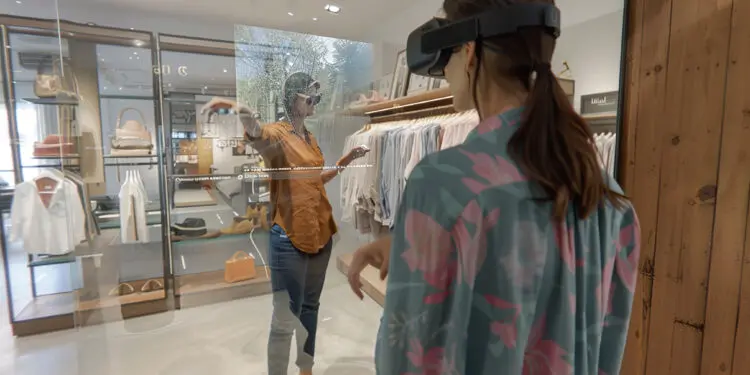
It is a fact that our world continues to become an increasingly digital one, with many once ubiquitous physical objects being retired as relics of the past. Consider road maps, for example—most of us haven’t used them in years, and younger generations likely never will, thanks to digital navigation tools like Google Maps and Waze. Yet, despite the rise of digital solutions, there remains a strong appetite for experiences that blend physical, sensory, and human elements.
Certain physical formats, such as board games, continue to thrive. In an era saturated with digital gaming, traditional board games have not only retained their popularity but are even experiencing market growth, projected to more than double in value between 2024 and 2032.
When Physical Meets Digital: Creating Memorable User Journeys
In other cases, physical and digital formats are combined to create compelling user experiences. IKEA, for instance, leverages augmented reality to help customers visualize furniture in their homes, enhancing a predominantly physical experience with a digital twist. Similarly, companies like Chatbook enable users to create physical photo books from photos stored on smartphones or social media platforms, blending a primarily digital experience with a tactile component.
Leading the Charge: How Gen Z is Driving Digital-Physical Integration
Unsurprisingly, younger consumers are at the forefront of this transformation. Last year, 39% of Gen Z clothing buyers in the U.S. discovered new brands or products via social media. However, as Shopify aptly notes, “although consumers expect a digital-first shopping experience, they also crave connection.” This sentiment extends to banking, where 70% of U.S. Gen Z’ers visited physical bank branches in 2023 to access banking services. In an increasingly digital world, “the human connection is still the differentiator in building trust.”
Reflecting on the Future: How Big- and FinTechs Are Merging Cards with Digital
As Gen Z—digital natives—favor a blend of digital and physical experiences, FinTech companies like Trade Republic seem to have found the sweet spot. Trade Republic, which recently launched its retail banking service, combines an almost entirely digital experience with a striking physical metal card featuring a reflective surface that acts like a mirror. Each time the customer uses the card, they see their own reflection. In an era of hyper-personalization, it’s hard to imagine that one can take personalization further than enabling the cardholder to see themselves reflected in the surface of the card each and every time they use it. Similarly, Apple has blended digital and physical experiences, introducing the Apple Pay digital wallet in 2014 and following it up with the physical Apple Card—crafted from titanium—in 2019.
Physical Cards as a Gateway to Digital Security
Another innovative approach to the merging of digital and physical is the use of physical cards for cold storage of digital assets and secure authentication. By embedding private cryptographic keys into the card’s chip, users can tap the card on a smartphone to self-custody and control their digital assets, keeping their funds safe from hacks and account freezes. At the same time, this physical card can provide a cryptographically secure, password-free user experience for authentication, eliminating the need for vulnerable SMS codes or OTPs. This technology not only secures transactions but can also reduce false declines and prevent account takeovers, making the physical card a key to secure, modern digital life. The card becomes your key to securing your digital life and asset.
Unlocking Tomorrow: Merging Digital and Physical
Looking ahead, it seems that the most successful innovations in banking and payments will be those that seamlessly integrate digital and physical elements, leveraging the unique strengths of both.
